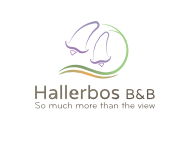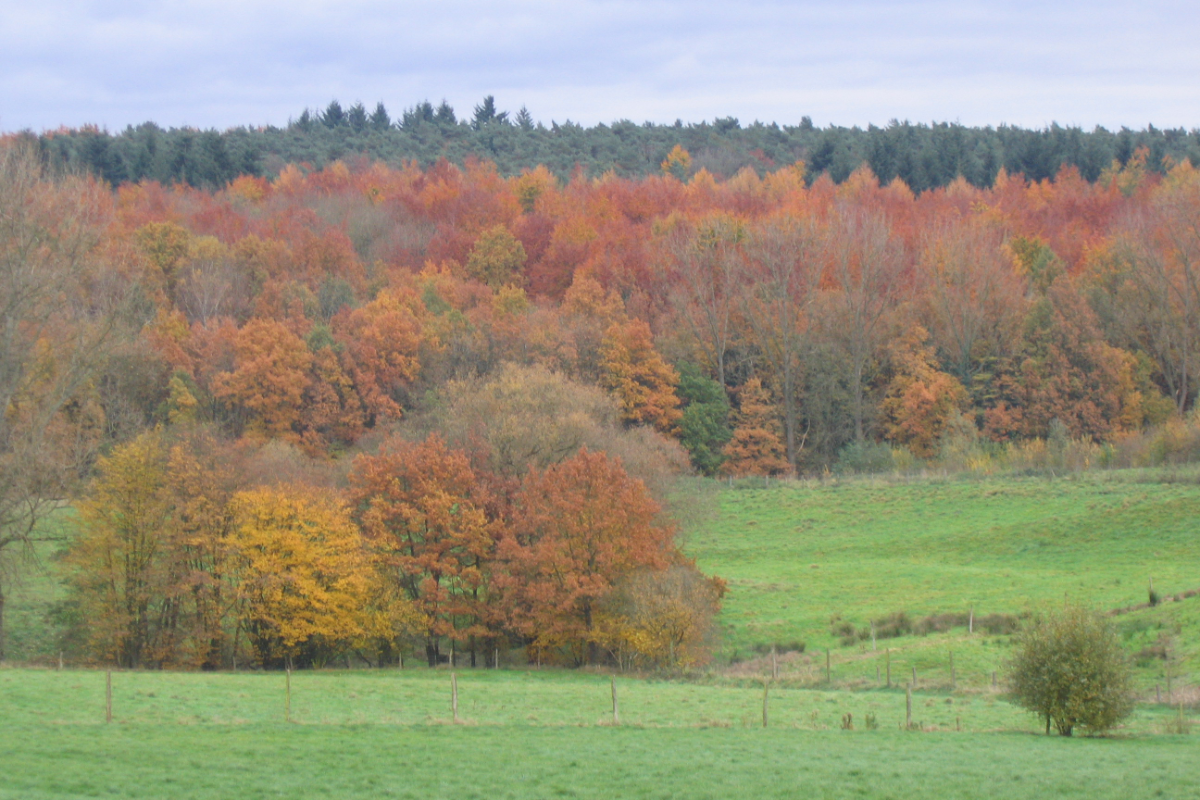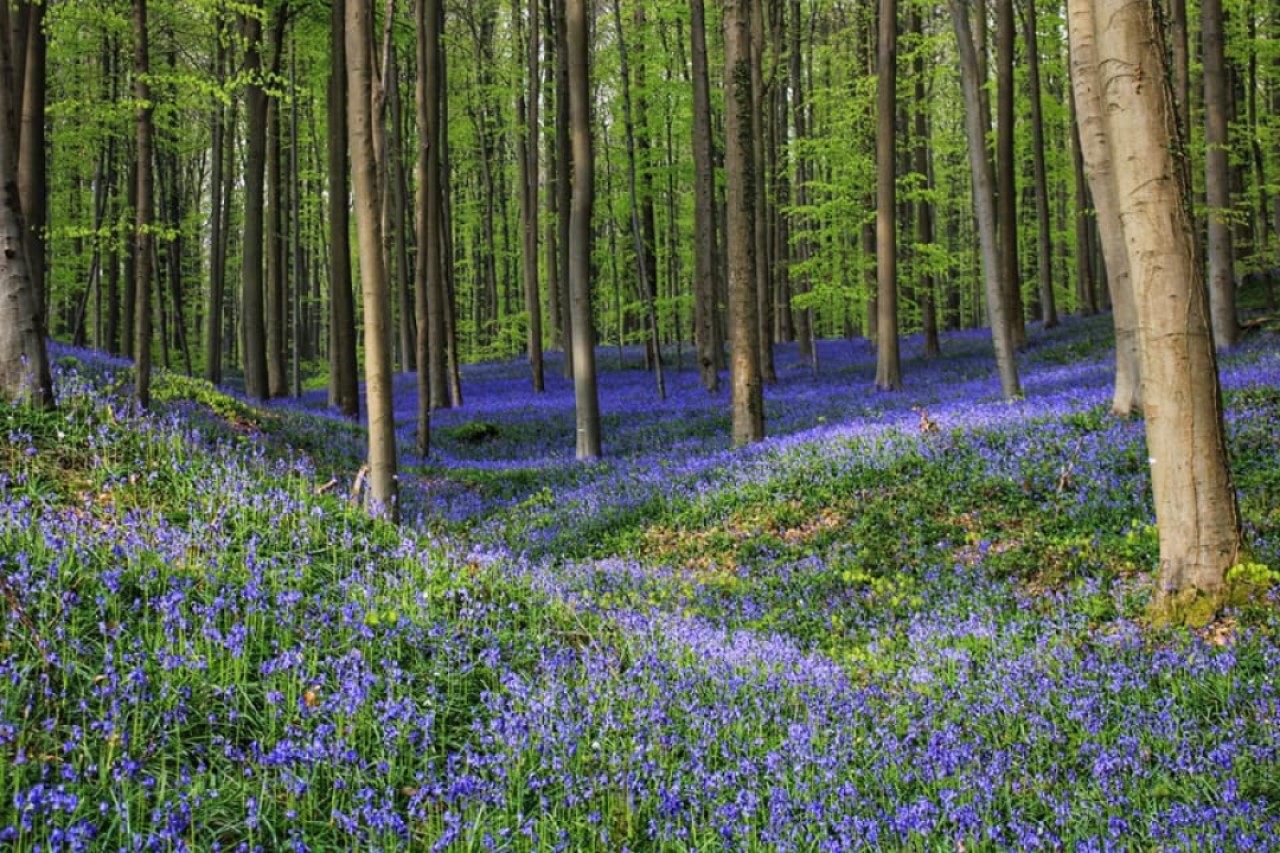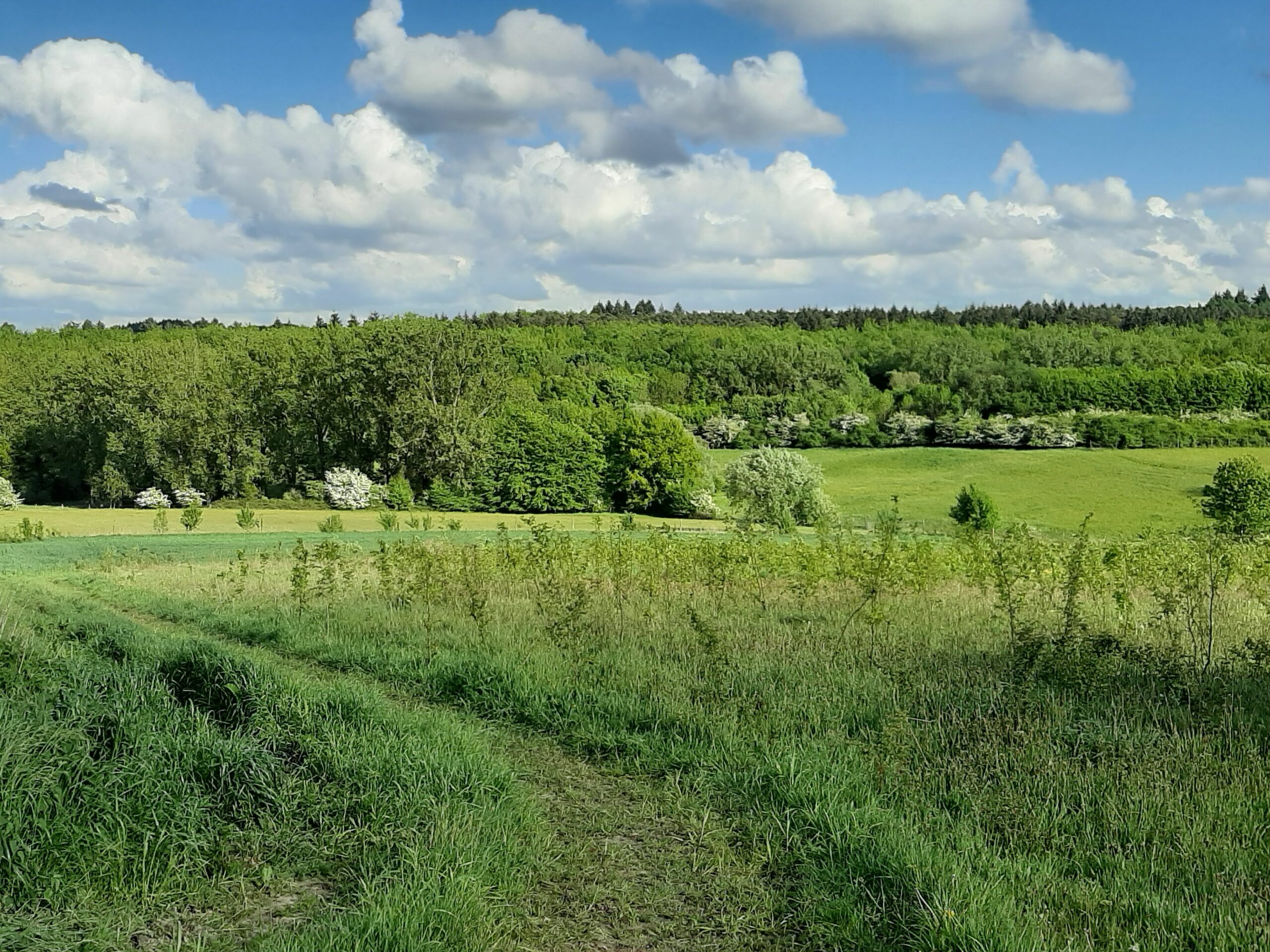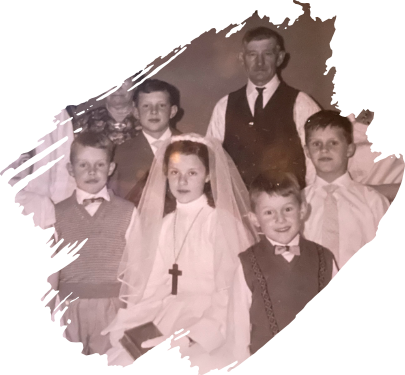The 622-hectare Hallerbos Forest is one of the seven most breathtaking forests in the world according to international Travel Daily Media. And UNESCO has inscribed it as one of the oldest and most natural forests on its World Heritage List. It is world famous for its fairytale valleys of purple-blue wild hyacinth carpets in the spring. Nowhere else in the world is the wild hyacinth found in such large areas as in the Hallerbos Forest.
But each season offers nature’s beauty and all year round you can let yourself be enchanted by the special atmosphere of the Hallerbos Forest.
We all know that Indian summer feeling. The autumn months of October and November are the season of warm colours in the Hallerbos Forest. Brown, orange and yellow, tinged with scarlet and crimson, colour the tree leaves in a hundred different shades. It is a feast for your eyes! And the ground is carpeted with dry leaves that crunch as you pass through. A captivating sensory experience!
The winter months of December and January are the ideal time of year for rest and repose. The Hallerbos Forest withdraws into its own silence and solitude. The trees begin their winter’s sleep. The first night of frost makes way for misty mornings and winter’s snow laying on the branches of tall pine trees and the ground below.
At the beginning of February, the first flowers of spring burst into a symphony of yellow, white and purple in the Hallerbos Forest. The Lesser Celandine is always first with its yellow buttercup flowers catching the first rays of sunshine The white and purple Dwarf Periwinkles are also early bloomers. Wild Yellow Daffodils, Primrose and Marsh Marigold are next. It is then the turn of White and Yellow Wood Anemones to brighten up the forest in March and April.
Take a walk in mid-April to mid May and the Hallerbos Forest turns into a blue, light purple sea of Wild Hyacinth. Nowhere else in the world is the Wild Hyacinth found in such large areas as in the Hallerbos Forest. It is a delightful stimulation for your senses! The White Wild Garlic Flowers are also starting to stir a little lower down in the valleys.
Accompanying species that sprout and continue throughout summer include Lady Fern, White Wood Sorrel, Wood Millet Grass, Yellow Dead-Nettle, Broad-Leaved Orchid, Lingonberry, Spotted Arum Lily, Solomon’s Seal and many more.
From February onwards, bird-watchers can enjoy themselves in the Hallerbos Forest. One of the first spring birds, the Chiffchaff’s ever-recurring call is never far away. The Dunnock is another early bird with its hasty, twittering song that makes us aware that spring is coming. The concerts of birdsong during the soft, sunny days of spring are a delight! It seems as if every bird in the forest wants to take its place in this avian chorus. There are over 100 species of birds in the Hallerbos Forest including Wren, Blue Tit, Robin, Song Thrush, Warbler, Spotted and Green Woodpeckers, Sparrow Hawk, Gos Hawk, Long-eared and Tawny Owls, Mandarin Duck, and many more.
In the summer months from June to the end of September, the Hallerbos Forest is a haven of invigorating coolness and a pleasure to enjoy in the shade cast by the leafy canopy of trees.
There is enormous biodiversity in the Hallerbos Forest. You will find a wide variety of trees. The most common deciduous tree is the Beech Tree which occupies about 40 percent of the forest. The European Oak Tree covers about 13 percent of the ground area and can grow up to 40 metres tall. Sessile Oak Trees, Maple Trees, Hemlocks, Elms, Ash, Spruce and Pine Trees are also found in the Hallerbos Forest. The forest is also one of only seventy remaining growing places for endangered Giant Sequoia Trees, with diameters of 12 metres.
The Hallerbos Forest is teeming with wildlife. Roe Deer live together with Fox, Wild Rabbits and Hares, Squirrels, Stone and Pine Martens and Badgers.
Several species of Butterflies flutter throughout the forest – Lemon, Red Admiral, Peacock, Little Fox, Orange Tip, Goldfinch, Swallowtail and Little Veined White. The Lemon and Spotted Sand and Aglia Tau Moths also live in the Hallerbos Forest.
The Hallerbos Forest is also an area with a great variety of species of Bats including the Common Bearded, Brandts, Dwarf, Rough-eared, Long-tailed, Late Flyer, Egyptian and Common big-eared.
Other forest inhabitants include Fire Salamanders, Damselflies, Dragonflies, Midwife and Bullhead Toads, Brown Lampreys, Brown Trout, Beetles (Stag, Longhorn, May, Dung and Green Sandhill).
Another remarkable phenomenon in the Hallerbos Forest are the Fungi and Mushrooms. They appear in the most capricious and crazy shapes, in the most colourful and unexpected colours and in the most delicious and tempting flavours. But beware, sometimes they are deadly poisonous.
Want to know more about the Hallerbos Forest? The stunningly illustrated book, “Het Hallerbos” (The Hallerbos Forest), presents the forest’s enormous biodiversity beautifully and offers a voyage of discovery through the rich history of the forest. The book includes English and French summaries of every chapter. The proceeds of the sale of the book go entirely to the expansion of the forest through the Plan Boommarter Partnership which acquires land to connect the Hallerbos Forest to its wider surroundings of nature reserves and woodlands. The book also lets you take the Hallerbos Forest home with you after your visit!
All the best,
Melissa
More Melissa’s Meanderings
Hallerbos B&B: the perfect place for a staycation!
Our story is not just that we’re a new B&B in Halle – there is so much more to us than that! We operate using two core concepts: First of all, we want our guests to have great experiences from the moment they walk into the front yard of Hallerbos
Hallerbos B&B’s story
Hallerbos B&B’s story began in the 1960s. This photo story takes you from the first stone and through the years we renovated Kleinheide 2 first into our home and then into a B&B. As we prepare to open our doors in November, Hallerbos B&B has really come full circle. Have
We’ve designed Hallerbos B&B especially for you
Our B&B is for people dreaming of escaping in the blink of an eye to refresh mind, body and spirit with mother nature, to connect with others and to have moments that take our breath away! Feel the same welcoming warmth and pampering you feel when you're on holidays and
